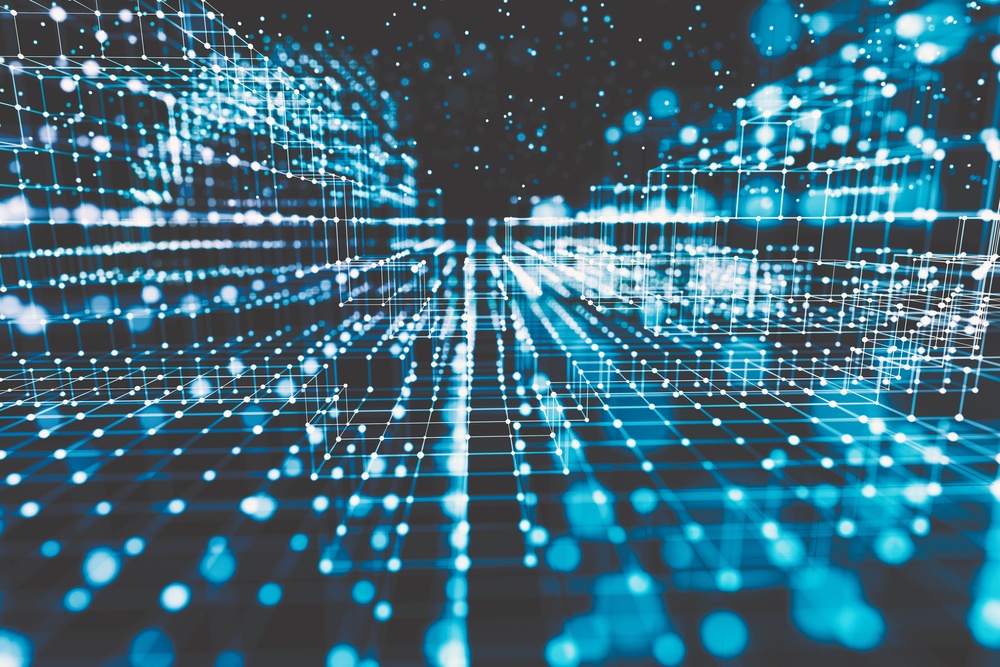“What’s missing from IoT” [Part 2]
In the first post in the series “What’s missing from IoT”, I explored the direction where developers and architects could take the future development of IoT. I made the case for the 'Collaboration of Things'.
To enable the Collaboration of Things, additional ingredients must be added to the existing digital nervous system. In today's post I will explore the ingredient of intelligence in more detail.

2. Intelligence capabilities
Artificial intelligence is poised to unleash the next wave of digital disruption, and companies should prepare for it now. We already see real benefits for early-adopting firms. AI technology is most widely deployed, and had most impact, in industrial robotics, autonomous vehicles, computer vision, language, and virtual agents (bots). Advancements in artificial intelligence (AI), including techniques such as deep learning, evolutionary algorithms, and fuzzy logic, are opening the road to even more advanced data analysis, that can predict future outcomes based on the data collected by Things, and offer suggestions on how to prevent, mitigate, or ensure that particular outcome.
Artificial intelligence will be absolutely necessary to provide the management systems and security analytics to wield the vast number of connected Things online, and will be even more important in making sense of an almost endless sea of data streamed from these devices. Machine learning already has become indispensable in applications that need high degrees of local autonomy, as in the case of military drones, self-driving vehicles, industrial robots, and .. vacuum cleaners.
iRobot's Roomba set the AI standard with its first commercially successful automated vacuum cleaner in 2002. Yes, you read that right: 2002! The company has developed the technology to help it’s vacuum robots to automatically map and remember a home layout, adapt to different surfaces, toddlers and pets, or new furniture, clean a room with the most efficient movement pattern, and dock itself to recharge it’s batteries. While the artificial intelligence applications in the Roomba aren’t as celebrated as Apple's Siri or Google’s Assistant, it is nonetheless the industry standard in its class, certainly a clear example of artificial intelligence “embodied” in a Thing.
Tesla’s Autopilot autonomous vehicle technology however, takes artificial intelligence to a completely new level. The whole worldwide Tesla fleet operates as a single network. When one car learns something, all cars learn it, but with each car applying these 'lessons learned' within its own context. For Tesla it means that they get real-time data feedback from the Tesla fleet, ensuring that the system is continually learning and improving upon itself. For Tesla owners it means continuously better driving cars. Both the scale and sophistication at which this is performed are unprecedented, when compared to what other car manufacturers are doing in this space. Many Tesla watchers made the comparison to the Borg Collective from the Star Trek NG series. Like the Borg, Tesla is the collective intelligence comprising all individual cars linked into a hive mind. Unlike the Borg, Tesla is not known for making attempts to assimilate you ..
The Tesla network involves communication within the system (Tesla's only), but once they are connected to the digital nervous system, they could communicate with all other cars on the road, so that every vehicle is aware of every other vehicle in its immediate vicinity, knowing their speed, position, and intended next maneuver or heading, making an accident extremely unlikely. An autonomous vehicle could receive information from roadside transmitters or 5G wireless networks, and all the traffic lights and traffic signs could be done away with, once all vehicles have become autonomous. At a junction, all the autonomous vehicles approaching that junction could agree on speed and road position with each other to allow all the vehicles to go over the crossing without stopping, and just pass through the gaps between vehicles. Humans couldn't possibly coordinate that, but hive minds do with ease. All the autonomous cars in the city could adopt a hive mind, and flow through the roads, driving close together, with ease, and rapidity, like a shoal of fish. The evolution of intelligent things, such as collective thinking swarms, will be one of the major trends impacting on the Internet of Everything.

The Tesla example provides a good example of the types of development we can expect to come to the Internet of Everything. Artificial intelligence makes rapid progress and starts to augment the simpler rule-based decision-making we see in mainstream IoT solutions today. In dynamic Internet of Everything environments, AI will provide the intelligence, that will power flexibility, autonomy, and the robustness against topology changes, communication failures, and scenario changes. As such, it’s poised to become the foundation for the next Industrial Revolution.
In the third and fourth posts in the series, I will explore the remaining topics of transparency and structure.
